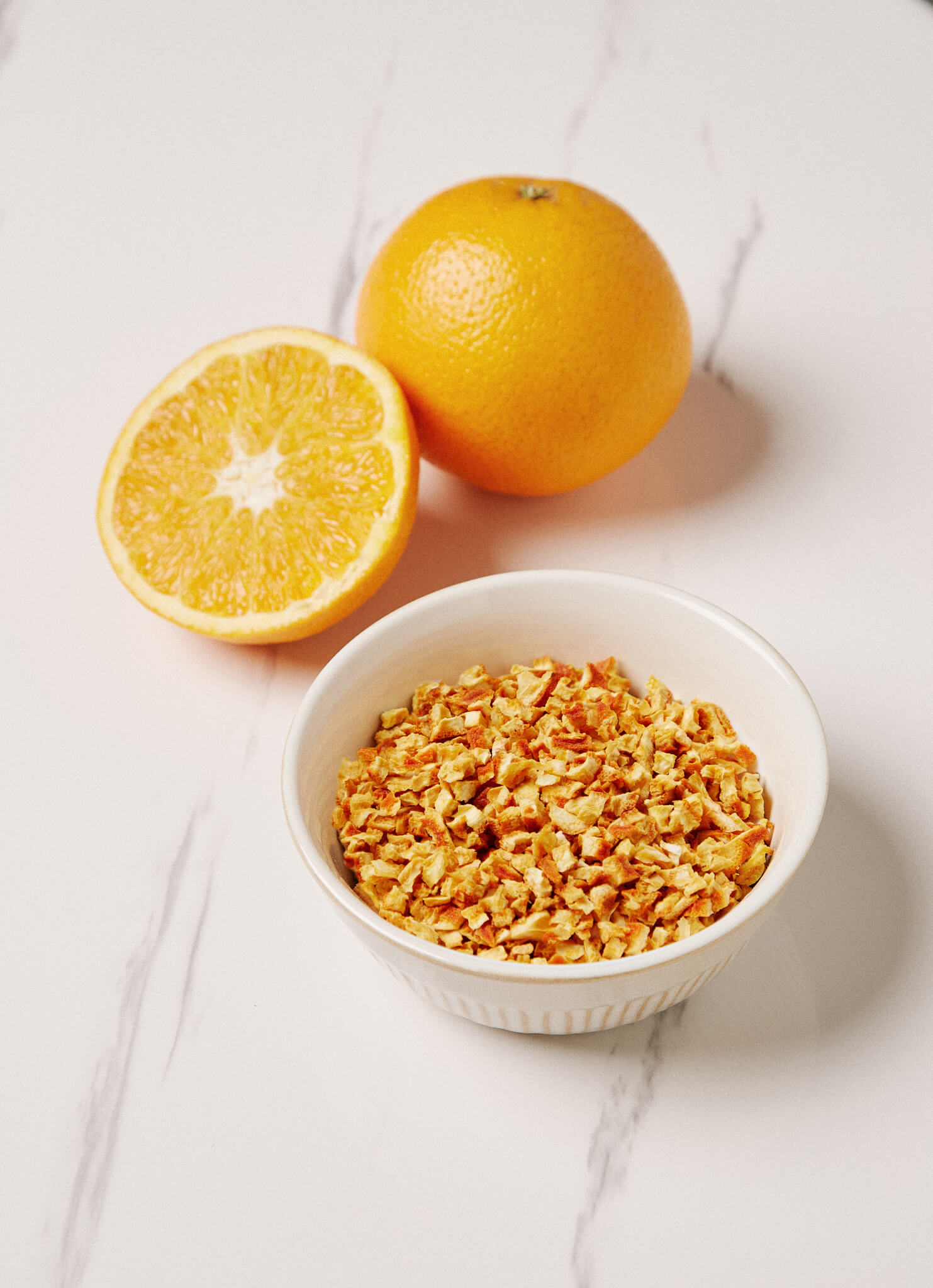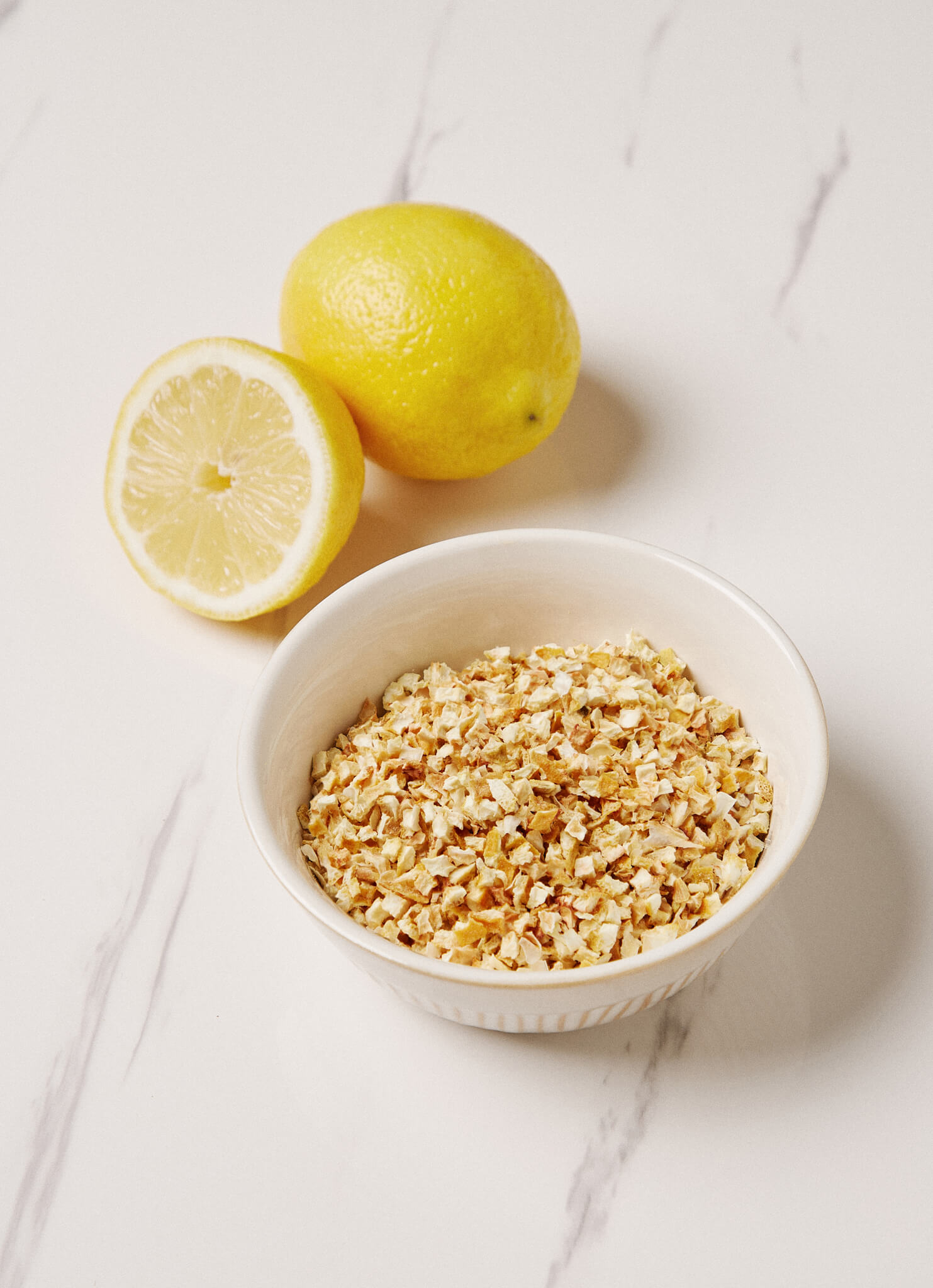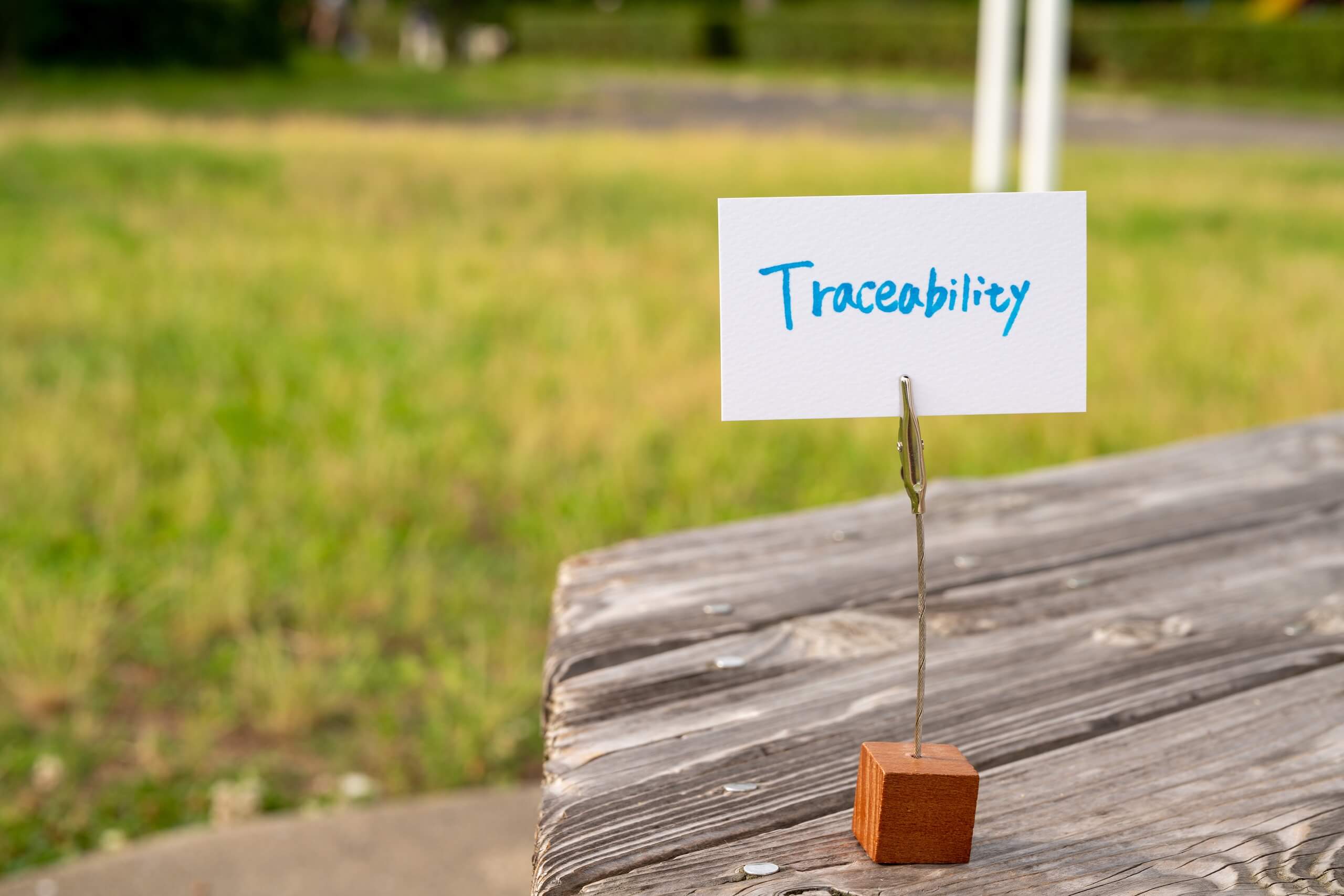As we have already commented in previous news on this blog, dehydrated foods are those edibles that in their natural state have a high percentage of water, but that, through natural or artificial methods, have been largely extracted, thus enhancing some of their properties. its nutritional qualities, in addition to prolonging its useful life.
What advantages do these dehydrated foods offer us?
- High nutritional value. With the dehydration of food, there is a much lower loss of nutrients than that caused by other preservation methods.
- Preservation of various foods. It allows you to preserve a wide variety of foods, whether they are of high or low acidity.
- Without preservatives. They are not required to preserve these foods.
- Intense flavor. In dehydrated foods there is a concentration of the natural sugars present, so the flavor intensifies after dehydration.
- Easy storage. As they do not require refrigeration or special containers, dehydrated foods are very easy to store, and, in addition, they take up very little space, which without a doubt for Vegenat S.A. has always been a great advantage,
- Multiple uses. Its consumption can be carried out directly, as in the case of many fruits such as lemon or dehydrated orange from Vegenat, or it can be used in a multitude of recipes, which makes it highly demanded among our customers.
Can I dehydrate food at home?
Of course, it is a technique that has been done for hundreds of years to better preserve food. There are various methods and different kinds of equipment are used to dehydrate fruits and other foods. At home we can do it using:
- Electricity: with electric dryers or dehydrators or simply using our conventional oven.
- Solar energy: with solar dehydrators or drying in a solar oven. We can also use the simplest and most traditional dehydration method: drying the product directly in the sun using a table or rack and exposing it to the sun’s rays.


And what benefits do we have when dehydrating food at home?
- When we choose our food, we know its origin and quality.
- By dehydrating them at home, we know the processing date. In addition, we obtain products that have not been stored for a long time, nor have they been exposed to the elements.
- The homemade application of this technique allows us to obtain unique products that, in many occasions, cannot be obtained in a market.
- It allows us to take advantage of the season of abundance of some foods, to buy them at a low price and dehydrate them, with this we will have them available throughout the year, favoring the family economy. Also, if we have our own garden, we can take advantage of the surplus of fruits and vegetables.
Do I have to take something into account to start dehydrating fruits and vegetables at home?
The first thing of all, regardless of the method that we are going to use, is to select fruits and vegetables at their optimum point of ripeness and eliminate imperfections and damaged parts. We will also remove the seeds and more fibrous parts.
Finally, we will blanch them to eliminate any enzyme or microorganism that could facilitate their oxidation. This is optional, but if it is done the result will be better.
If I had to choose one method, what would it be?
A dehydrator is the most interesting and efficient investment if you want to preserve your own food or if you collect your own fruits and vegetables. Dehydrators have a large storage capacity and a large amount of food can be dehydrated at one time. In addition, many have a timer, which greatly facilitates the task.
We encourage you to try it at home, the process is simple and very gratifying and it is ideal to accompany some of our dishes, thus giving it a special touch.





